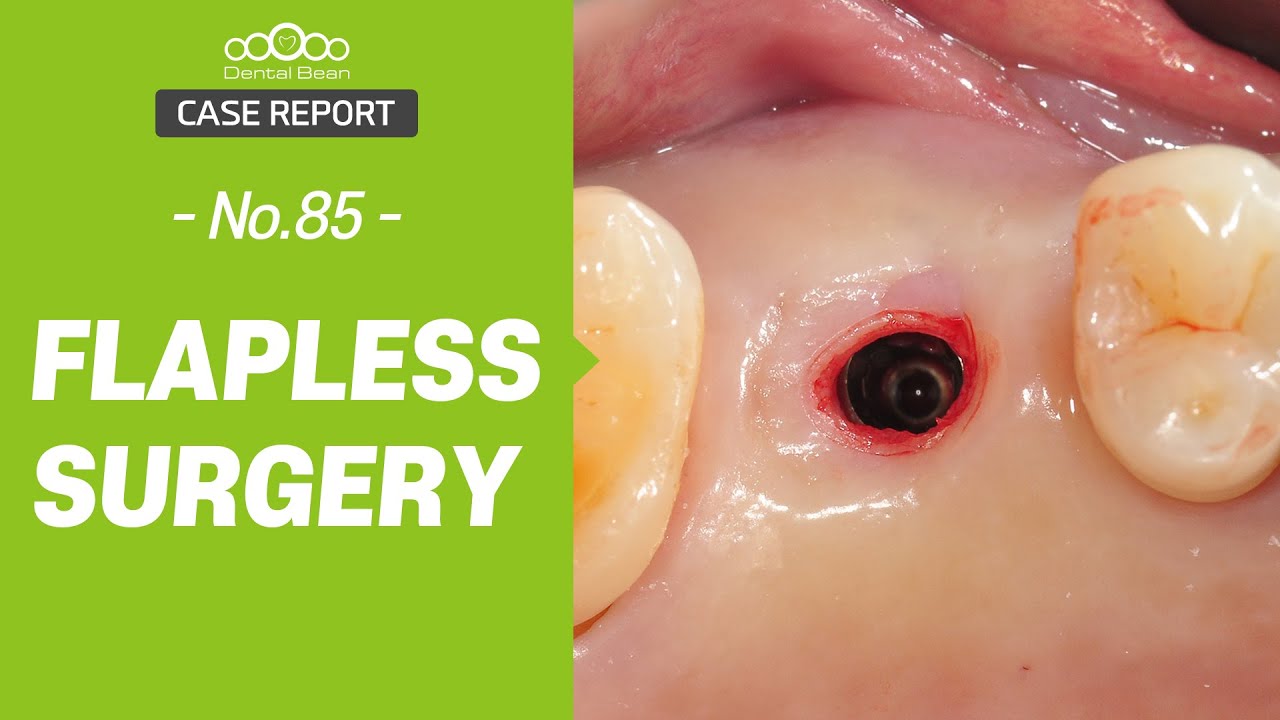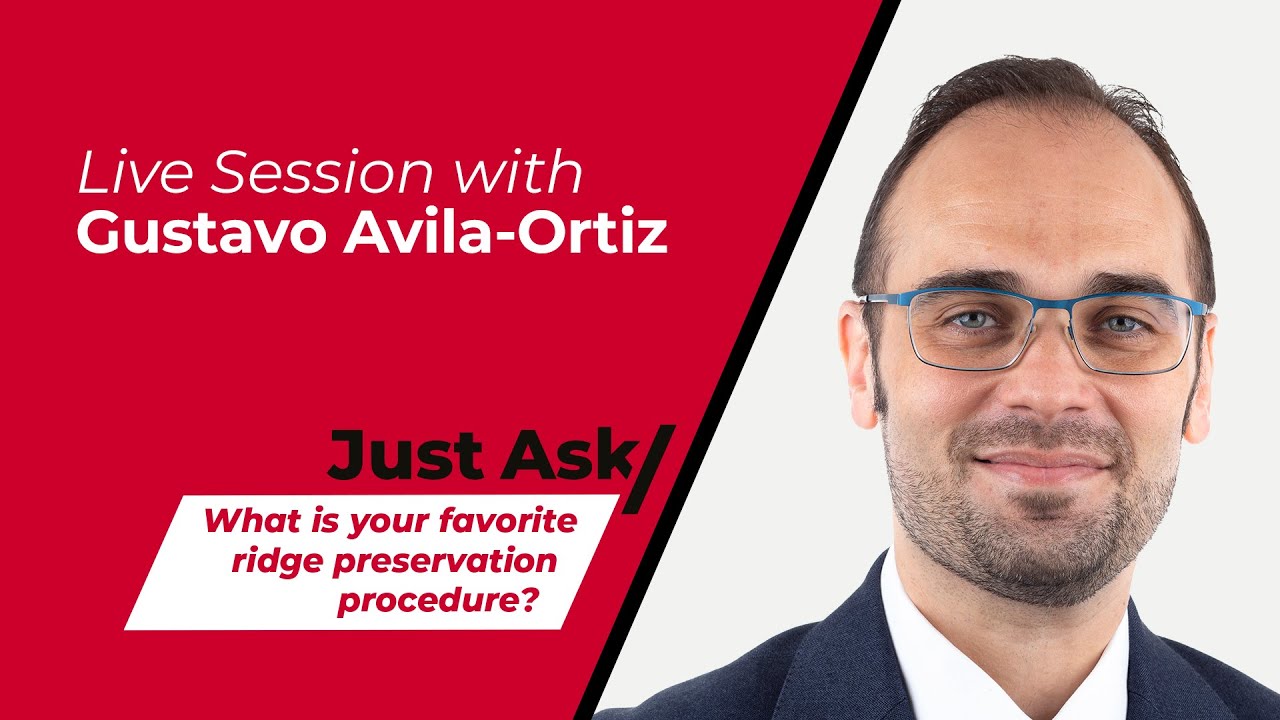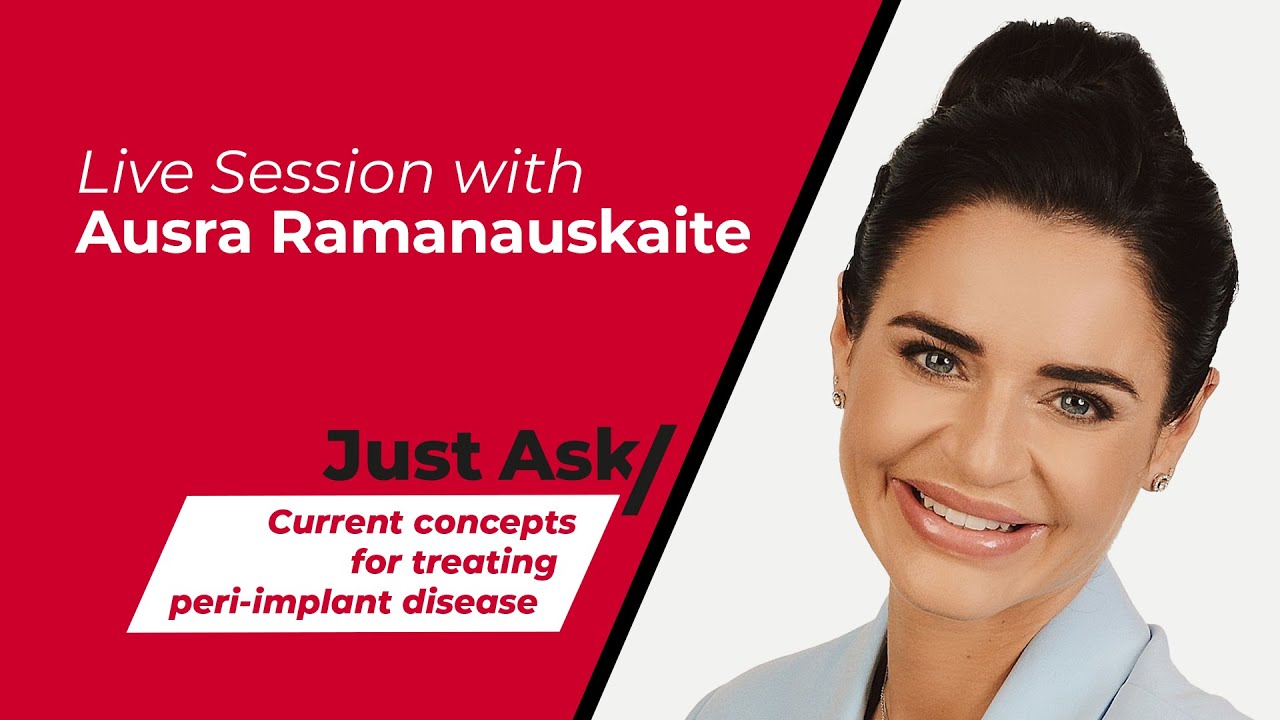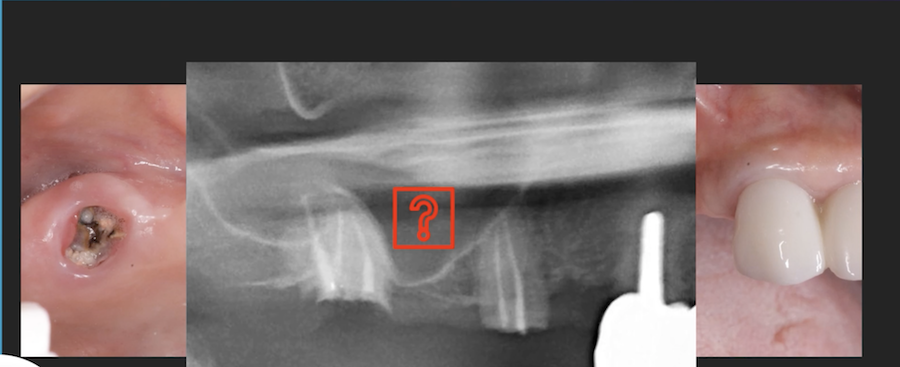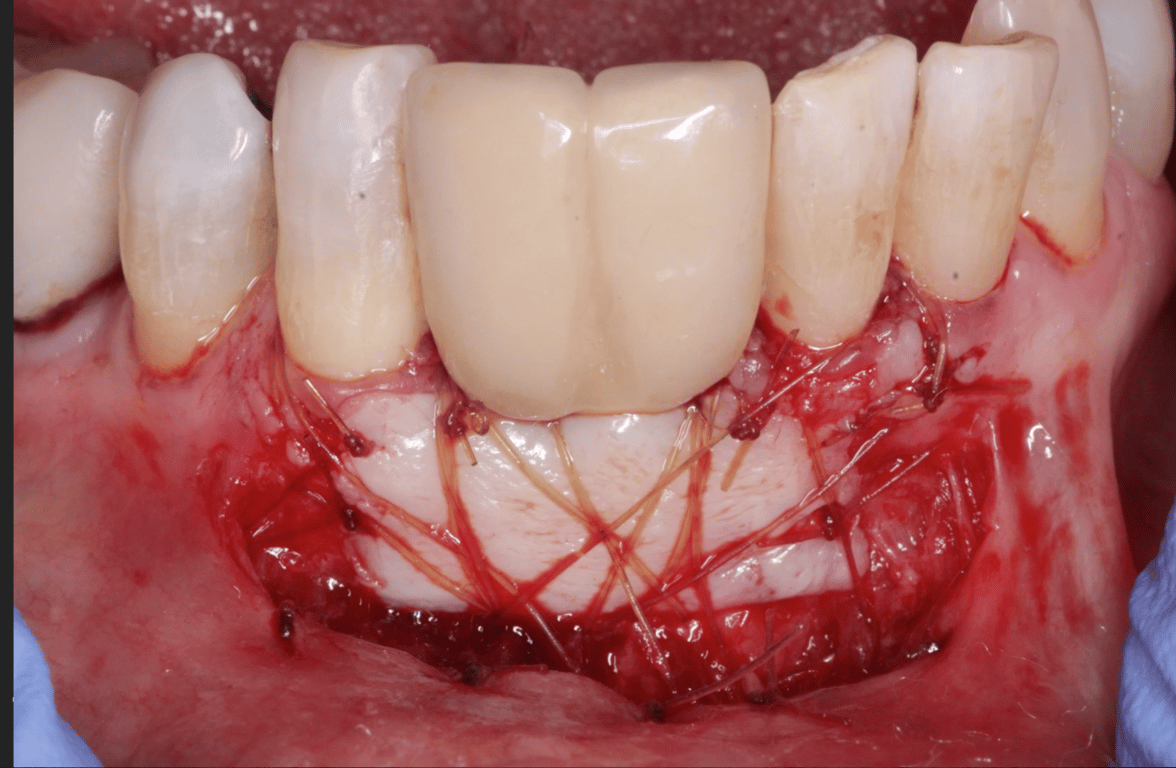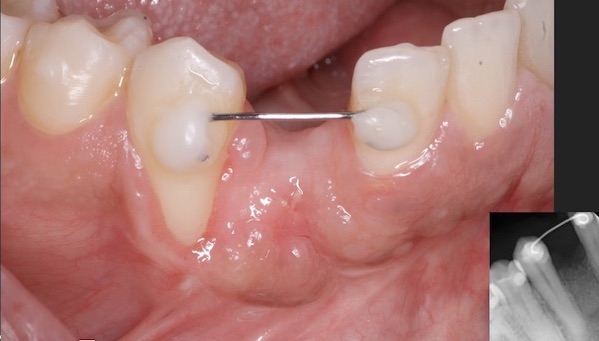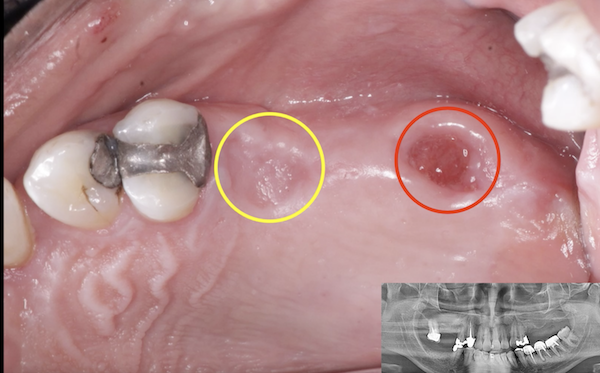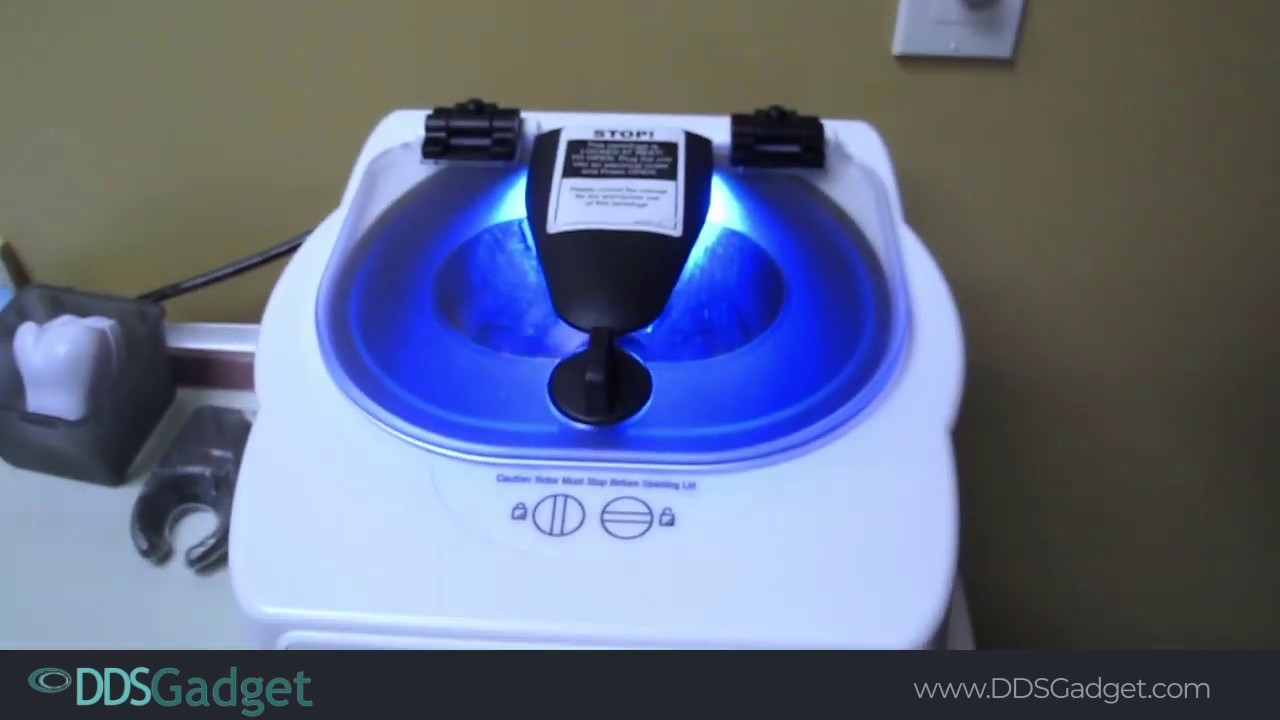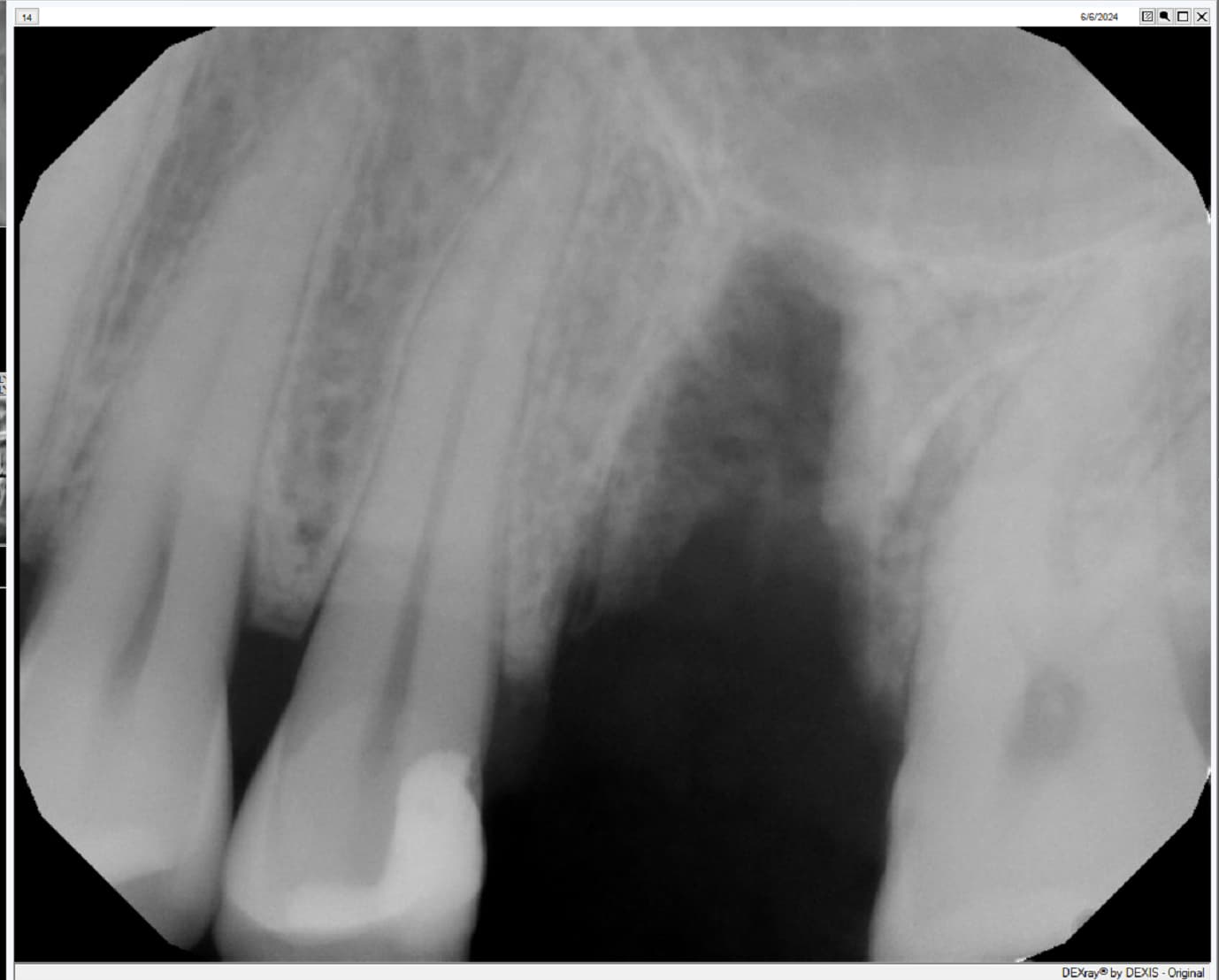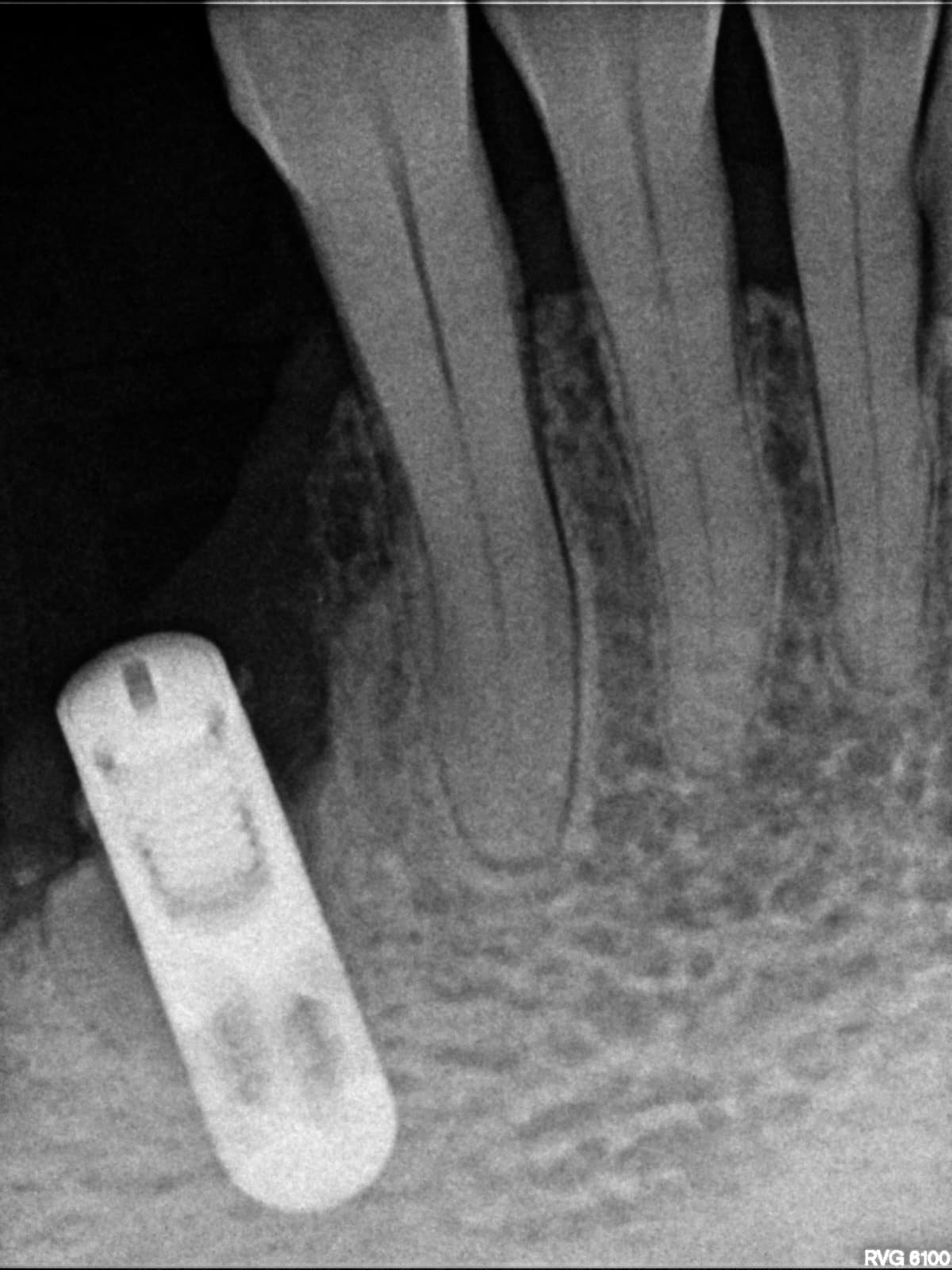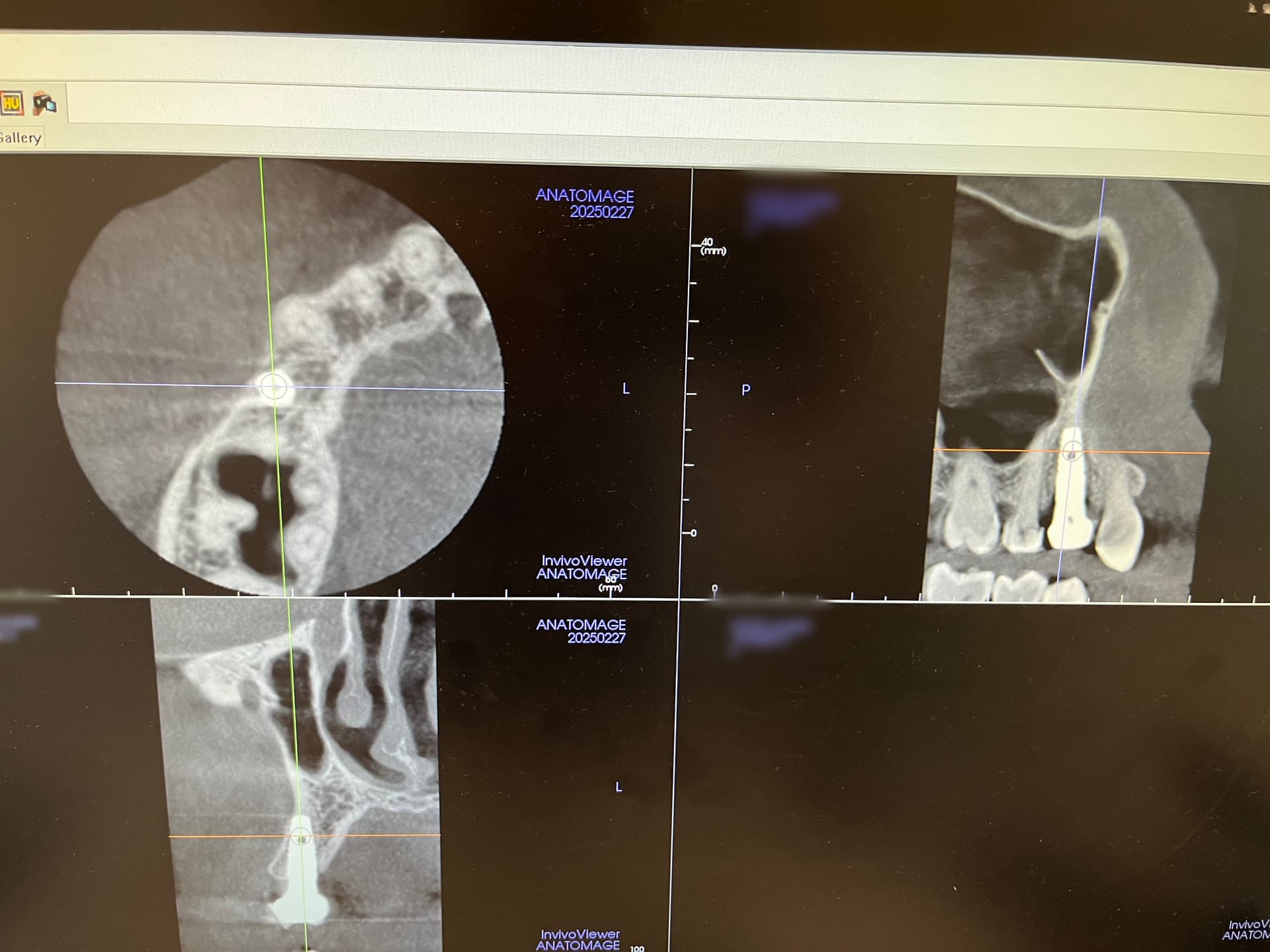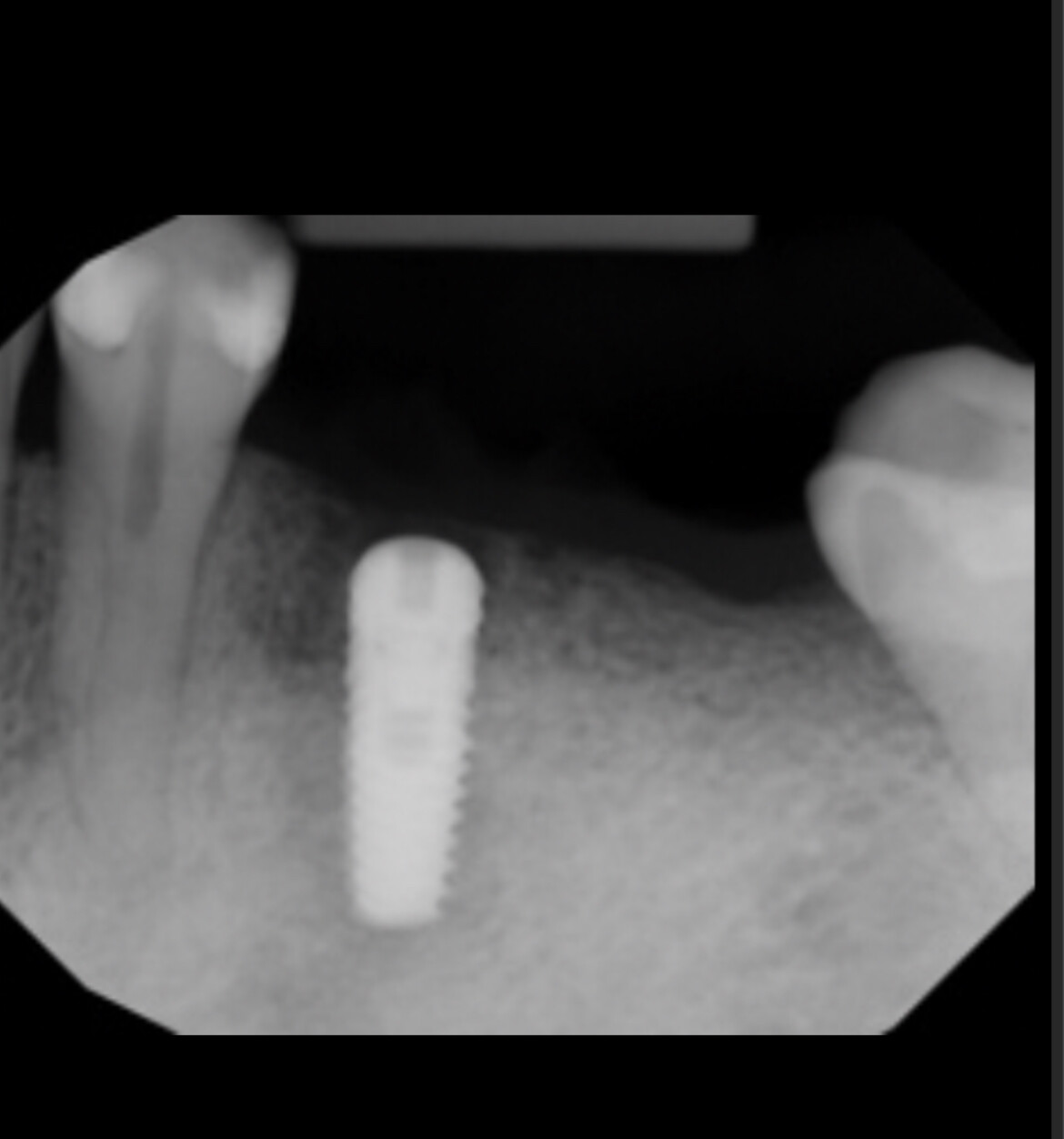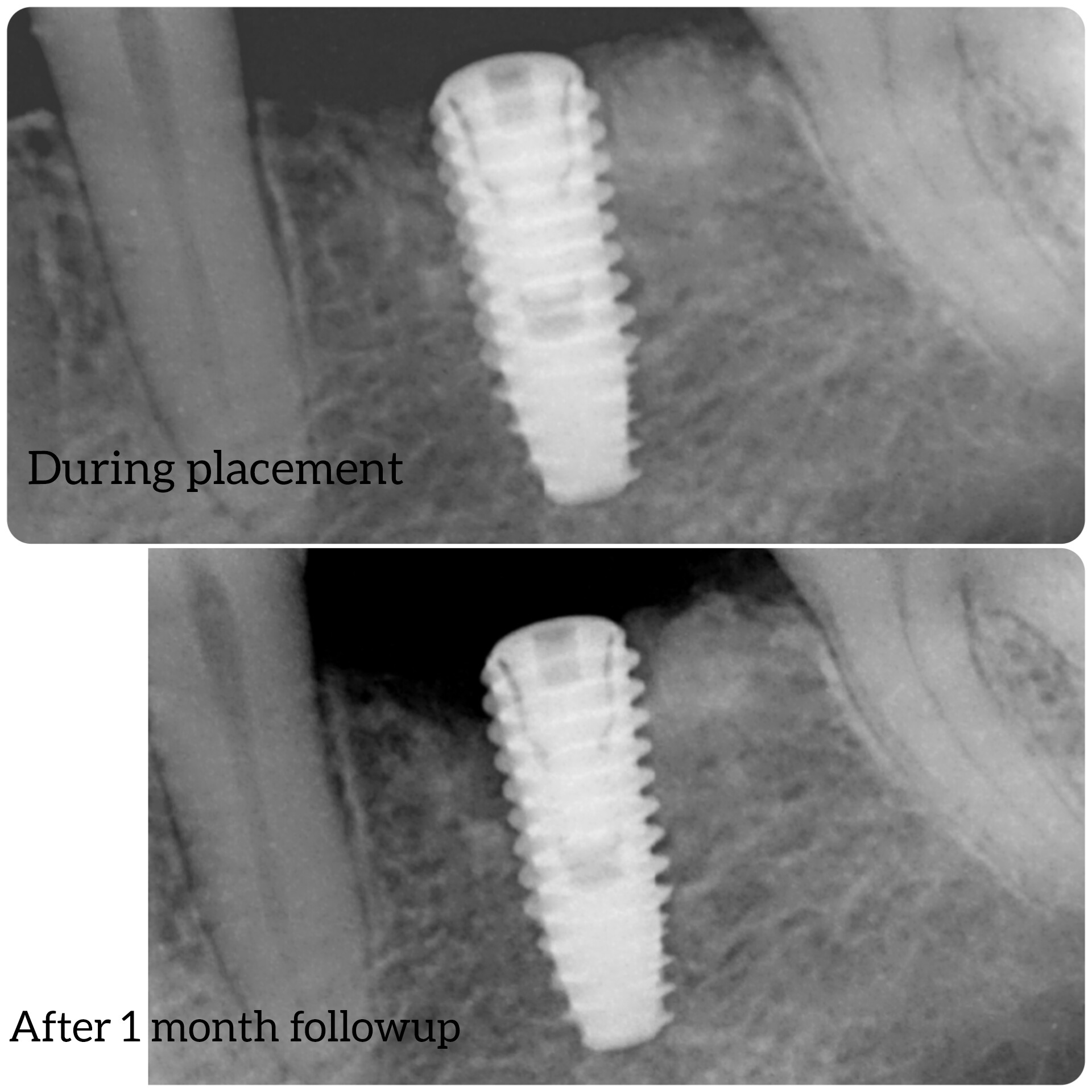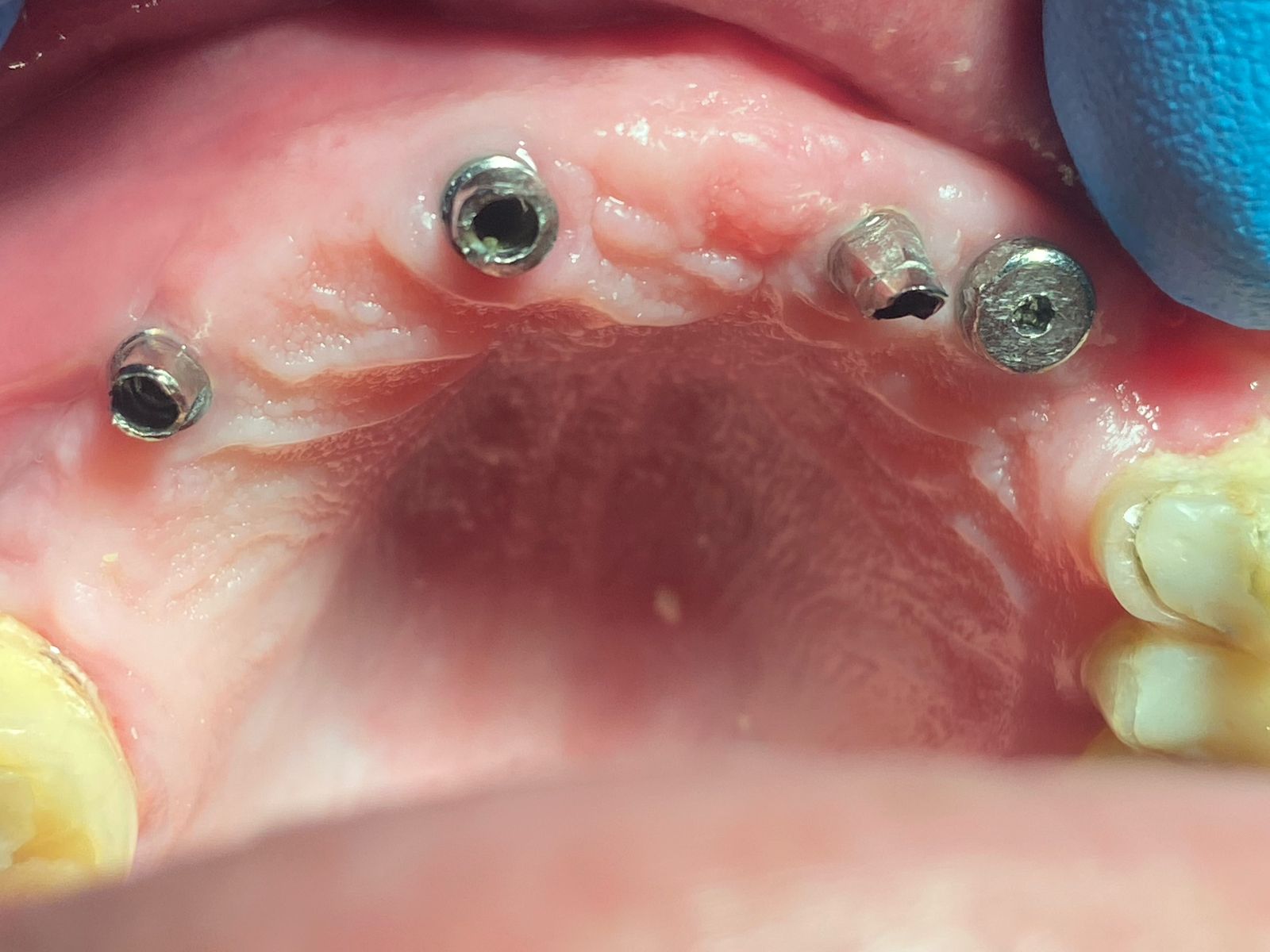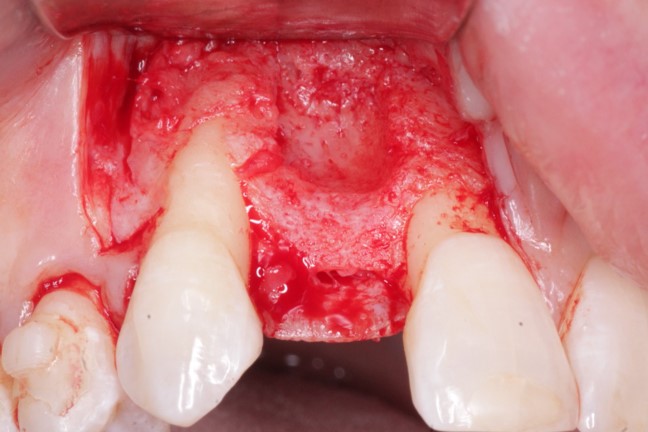Enucleation of large periapical area: do I graft the defect created?
I am planning on placing an implant in 22 (upper left lateral incisor) site. There is a large (11-15mm) periapical area/cyst associated with with the root of the tooth. I plan on extracting the tooth and raising a flap and enucleating the cyst/area and leaving it to heal before doing a second surgery to place the implant. My question is should I graft the area when enucleating (allograft and membrane) or should I leave it fill in on its own accord and risk a large defect at placement of the implant? Also would either strategy massively affect the timing of placing the implant? I have spoken to a number of colleagues who are split 50/50 as to either option.So any help/guidance would be greatly appreciated. Thanks in advance

7 Comments on Enucleation of large periapical area: do I graft the defect created?
New comments are currently closed for this post.
CRS
7/25/2014
I would remove tooth, enucleate and biopsy cyst, graft. There is probably a perforation on either the palate or labial. If you are not comfortable with this large of a cyst, refer to an OMS, no shame in that. Need to know what you are dealing with for patient's benefit. Good luck.
Robert J. Miller
7/27/2014
Agree completely with CRS. In fact, may be a perforation through both plates judging by the size. This looks far more agressive than a simple periapical pathology although we don't know the history of the lesion. If it is more than a simple apical granuloma, grafting adds another layer to the problem. Biopsy first, then graft if a simple inflammatory lesion.
RJM
Raul Mena
7/29/2014
Extract the tooth.first and see if there is any pus or exudation, this will help with the diagnosis. At the same appointment elevate a full mucoperiosteal flap and enucleate the lession or curretage, depending on what you find in the area. If there is a mass or granulation tissue perform a biopsy. I would probably do a graft at the same appointment to maintain some sort of bone mass, of course depending on clinical finding after elevating the flap.
Personally I would not use a membrane.
I would also inform the patient of the risk of the graft failure.
Raul Mena
Jaime
7/30/2014
Endo first ? See how bone reacts ?
Are the central and canine vital ? Options of conventional bridge after temporary bridge for observation . Why risk sleepness nights when there are simple alternatives ? This is a huge lesion :
Alternative :
Remove 22 , currette very well with medication ( tetracycline ) and block-graft + maryland and observe .
Try and maintain the bone height via prior passive orthodontic eruption , obviously with prior endo .
TOBooth
9/1/2014
Root filling is not a great option. Chances are it will not work and it would be a bit of guess work, and you are putting the patient through an additional procedure and cost. Big deal you have to enucleate the lining away-its very easy , make sure you have plenty of local in . Histology yes i typical delay augmentation in these cases, but i do make sure i completely enucleate and then i place loads of heamocolaagen in the defect to encourage a nice clot formation and hopefully over time ossification. I also get complete closure of the socket. Both these things reduce the chances of epithelail down growth into the socket and less bone volum .Particulate graft works well in cystic defects as they are 3 walled.
Richard Hughes, DDS, FAAI
9/2/2014
I agree with those that want to extract, curettage, biopsy if needed, graft. Yes there may be a perforation of the plates. Implant later.
Raul Mena
9/2/2014
Taking a second look at the XR I know it will be a good idea to obtain a PA of the adjacent Central, it may also be involved and if that is the case you would like to find out if possible before the surgery.
Raul

